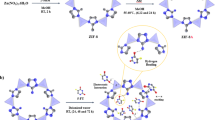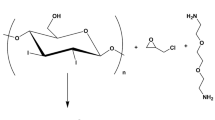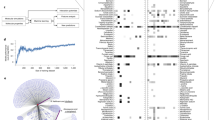Abstract
The delivery of drugs to cells is a very active area of research. Drugs are commonly believed to ameliorate illnesses. The targeted, controlled and/or enhanced uptake of the drug into cells is facilitated by loading the drug into carrier vehicles (nanoparticles, e.g.. micelles).The distribution of a drug over the nanoparticles used to deliver the drug to the targeted cells is of vital importance. It makes a difference, whether all nanoparticles carry the same amount of drug or whether a little amount of the nanoparticles carries a high proportion of the drug material and most nanoparticles carry no material. This depends on the method used to load the drugs into the carriers. Furthermore, the absolute amount of drug present in the nanoparticles and the absolute number of nanoparticles loaded with drug molecules is very important, because "dosis venum facit" [Paracelsus]. We present an approach to resolve these issues by optical means.If the drug is fluorescent or labeled with a fluorescent label, fluorescence correlation spectroscopy (FCS) can be used to determine quantitative size distributions with a (confocal) microscope. In order to determine absolute concentrations the spatial dimensions of the confocal observation volume have to be known. These can be obtained from numerical simulations using vectorial diffraction theory. The theoretical results have been compared with experimental results from FCS using the calibration dye Rhodamine 6G. In a straightforward procedure the results were corrected for adsorption effects and excellent agreement to the theory was found
Similar content being viewed by others
Article PDF
Author information
Authors and Affiliations
Corresponding author
Rights and permissions
About this article
Cite this article
Jung, C., Polier, S., Schoeffel, M. et al. Fluorescence Correlation Spectroscopy as a Quantitative Tool Applied to Drug Delivery Model Systems. Nat Prec (2010). https://doi.org/10.1038/npre.2010.4140.1
Received:
Accepted:
Published:
DOI: https://doi.org/10.1038/npre.2010.4140.1



